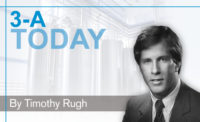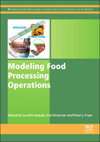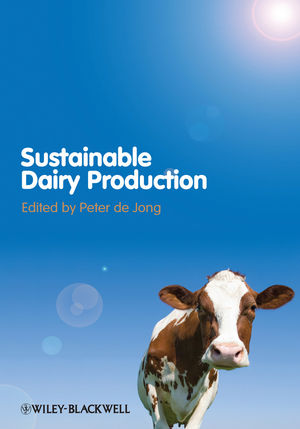3-A Sanitary Standards steer dairy processors to food safety

Editor’s note: 3-A Today is a new column looking at issues in dairy processing, sanitation and regulation. 3-A SSI is an ANSI-accredited standards developer organization that serves manufacturers, users and regulators of dairy and food equipment. This article was written by Steven T. Sims and others.
In 1924, the U.S. Public Health Service published the Standard Milk Ordinance, based on the request for assistance from Alabama regarding a recommended Statewide Milk Sanitation Program. In 1926, the USPHS published more general guidance for state and local milk regulators to use as a model ordinance for adoption into their laws.
Since the early 1950s, this model ordinance and the milk safety program it supports has been jointly administered by the USPHS (in 1968 the program was transferred to the Food and Drug Administration) and the National Conference on Interstate Milk Shipments. The various revisions of this model ordinance have been known as the Grade A Pasteurized Milk Ordinance.
The 3-A organization has been promoting standards since the 1920s. In 1944, the Surgeon General of the United States agreed to participate with 3-A in the development of 3-A Sanitary Standards for the sanitary design and construction of dairy equipment. Since that time, equipment that is in conformance with a 3-A Sanitary Standard has been accepted as being in compliance with the equipment design and construction requirements of the PMO.
A new mission for a new century
3-A has evolved and changed over the years. In 2002, 3-A Sanitary Standards Inc. was incorporated as an independent, not-for-profit 501(c)(3) organization. 3-A SSI established a new mission and comprehensive objectives and goals to enhance the positive role and visibility of the association.
The significant elements of the historic 3-A program were incorporated into the mission and goals of 3-A SSI as follows:
- Develop, maintain and publish uniform standards and accepted practices for the sanitary (hygienic) design, fabrication, installation and operation of equipment and machinery.
- Use state-of-the-art, science-based expertise for the development of sanitary standards and accepted practices.
- Harmonize with global standards and guidelines as appropriate.
- Promote the use of 3-A Sanitary Standards, 3-A Accepted Practices, and the 3-A Symbol.
- Authorize the use and maintain the integrity of the 3-A Symbol.
- Maintain a uniform system to regulate and enforce the proper use of the 3-A Symbol to best enhance consumer product safety.
- Provide education concerning sanitary design principles, application of 3-A Sanitary Standards, 3-A Accepted Practices, and use of the 3-A Symbol.
The role of the USPHS in 3-A has evolved as well. The milk safety program responsibilities assigned to the USPHS were transferred to FDA in 1968.
The FDA is the U.S. federal regulatory agency charged with the safety of dairy products on a national level. Normally, FDA fulfills this charge by direct inspection and regulatory action. In the case of the Grade A Milk Safety Program, FDA has chosen to fulfill this charge by providing technical assistance to state and local regulators.
Every two years, the NCIMS convenes to consider changes to the PMO and other NCIMS documents. Any changes that are passed by majority of the state delegates then must be concurred with by FDA.
While the PMO has historically not specifically cited 3-A Accepted Practices, FDA has informally used these practices as guidance. It has not objected to systems that meet a current 3-A Accepted Practice. Some of the 10 3-A Accepted Practices include HTST and HHST Pasteurizer Systems, Milking & Milk Handling Equipment, Spray Drying and Instantizing.
Current status
Within the 2013 Revision of the PMO, the following text from Proposal 105 for both Grade A dairy farms and Grade A milk plants is included. The Note reads in part (bolding added for emphasis):
“Equipment manufactured in conformity with 3-A Sanitary Standards and Accepted Practices complies with the sanitary design and construction standards of this Ordinance. For equipment not displaying the 3-A Symbol, the 3-A Sanitary Standards and Accepted Practices may be used by Regulatory Agencies as guidance in determining compliance with this Section.”
This new language formalizes PMO acceptance of the design and construction of a system that complies with one of the 10 current 3-A Accepted Practices and documents that state regulators and FDA may use these 3-A Accepted Practices as guidance when they evaluate such systems.
This article was written by Steven T. Sims and representatives of the FDA/CFSAN Milk Safety Team. Timothy R. Rugh is the executive director of 3-A Sanitary Standards Inc., www.3-a.org.
Looking for a reprint of this article?
From high-res PDFs to custom plaques, order your copy today!








